Introduction to the Super Duper Furniture
The “Cycle Stool” by Super Duper Furniture is a unique and innovative piece of furniture that blends functionality with artistic design. This detailed exploration covers various aspects of the Cycle Stool, including its design, materials, manufacturing process, usability, cultural significance, and more.
Cycle Stool
The Cycle Stool, designed and manufactured by Super Duper Furniture, represents a fusion of artistry and functionality in furniture design. It stands out as a distinctive piece that not only serves practical purposes but also captures attention with its aesthetic appeal. This detailed analysis will delve into the various facets of the Cycle Stool, exploring its design philosophy, construction, materials used, usability in different settings, cultural relevance, and the broader impact of such innovative designs in the furniture industry.
Design Philosophy and Aesthetic Appeal
The Cycle Stool embodies a unique design philosophy that emphasizes both form and function. At its core, the stool features a base crafted from recycled bicycle parts, creatively repurposed to serve as a sturdy and visually striking foundation. The use of these materials not only adds an eco-friendly dimension but also lends a distinctive industrial aesthetic to the piece. The stool’s seat is typically designed for comfort, often cushioned or padded, complementing the rugged yet artistic base.
Super Duper Furniture’s approach to design integrates sustainability with creativity, transforming ordinary bicycle components into functional art pieces. The Cycle Stool exemplifies this ethos by repurposing materials that would otherwise go to waste, thereby reducing environmental impact while offering consumers a unique and visually appealing furniture option.
Materials and Manufacturing Process
The Cycle Stool’s construction begins with the careful selection and refurbishment of discarded bicycle parts. The base of the stool often includes components such as bike frames, wheels, and pedals, which are cleaned, welded, and reconfigured to form a stable and aesthetically pleasing structure. These parts undergo meticulous inspection and refurbishment to ensure durability and safety in their new role as furniture components.
Super Duper Furniture places a strong emphasis on craftsmanship during the manufacturing process, with skilled artisans meticulously assembling each Cycle Stool by hand. This hands-on approach not only guarantees quality control but also allows for customization options, where customers can choose specific colors, finishes, or even request modifications to suit their individual preferences.
Usability and Functional Considerations
Despite its artistic flair, the Cycle Stool remains highly functional and versatile in its applications. Its compact size and lightweight construction make it easy to move and reposition within various indoor and outdoor settings. It serves as more than just a seating option; the stool’s sturdy base and comfortable seating make it suitable for a range of uses:
- Home Décor: The Cycle Stool adds a quirky and stylish element to living spaces, whether used as occasional seating in the living room or as a statement piece in a hallway or entryway.
- Outdoor Spaces: Its durability and weather-resistant qualities allow the stool to be used on patios, balconies, or garden areas, providing a unique seating option that withstands outdoor conditions.
- Commercial Environments: The Cycle Stool is equally at home in cafes, bars, or boutique hotels, where its distinctive design can enhance the ambiance and provide guests with a memorable seating experience.
Cultural and Artistic Significance
Beyond its practical uses, the Cycle Stool holds cultural significance as a symbol of innovation and creative reuse. By repurposing discarded bicycle parts into functional furniture, Super Duper Furniture not only promotes sustainability but also sparks conversations about resourcefulness and environmental stewardship.
In the realm of art and design, the Cycle Stool exemplifies the trend towards upcycling and sustainable practices within the furniture industry. Its integration of industrial elements with modern design aesthetics reflects a growing appreciation for repurposed materials and the unique stories they convey.
Impact on the Furniture Industry
The Cycle Stool represents a paradigm shift in furniture design, challenging traditional notions of what constitutes a functional and aesthetically pleasing piece. Its success underscores the growing consumer demand for sustainable products that do not compromise on style or quality.
Super Duper Furniture’s commitment to innovation and sustainability sets a precedent for other manufacturers to follow, encouraging greater adoption of eco-friendly practices within the furniture industry. By showcasing the Cycle Stool as a flagship product, the company not only diversifies its product offerings but also cultivates a brand identity rooted in creativity and environmental responsibility.
Conclusion
In conclusion, the Cycle Stool by Super Duper Furniture stands out as a testament to innovation, creativity, and sustainability in furniture design. Its unique blend of recycled bicycle parts with functional seating demonstrates the transformative power of repurposed materials in creating distinctive and environmentally responsible products.
Through its design philosophy, materials selection, manufacturing process, and cultural significance, the Cycle Stool serves as a beacon of inspiration within the furniture industry. It not only meets practical needs for seating but also challenges conventions and sparks dialogue about the intersection of art, sustainability, and everyday living.
As consumer preferences continue to evolve towards eco-conscious choices, products like the Cycle Stool pave the way for a more sustainable future where design ingenuity meets environmental stewardship. Super Duper Furniture’s commitment to craftsmanship and creativity ensures that each Cycle Stool remains not just a piece of furniture, but a statement of innovation and responsible design practices in action.

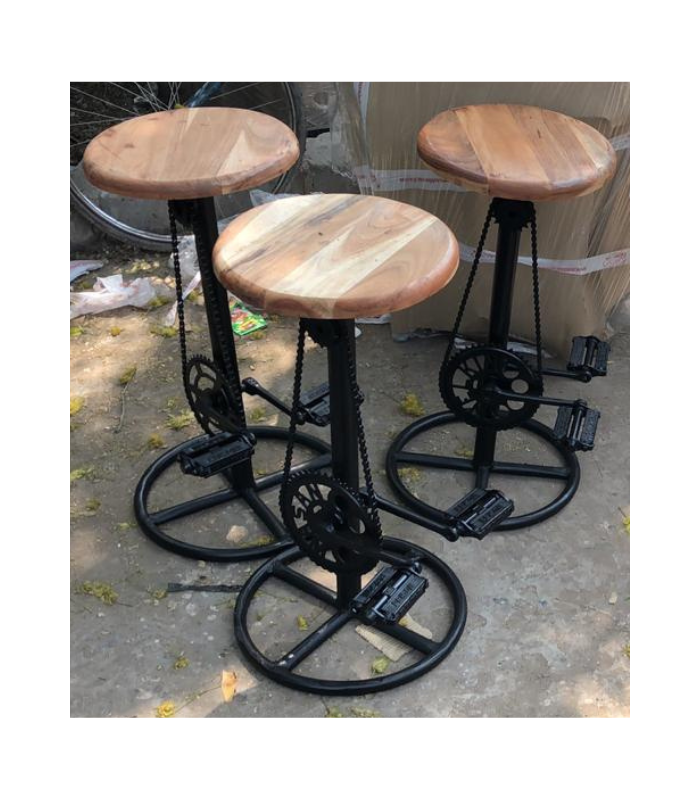
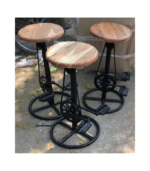
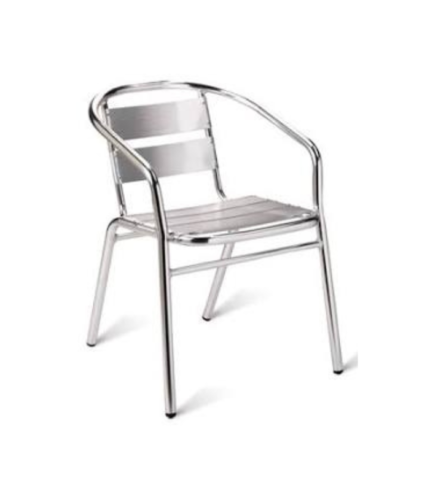
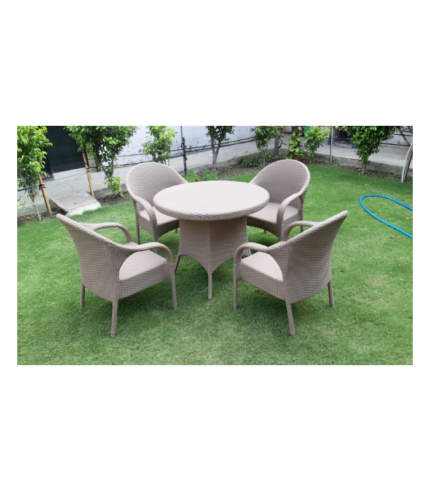


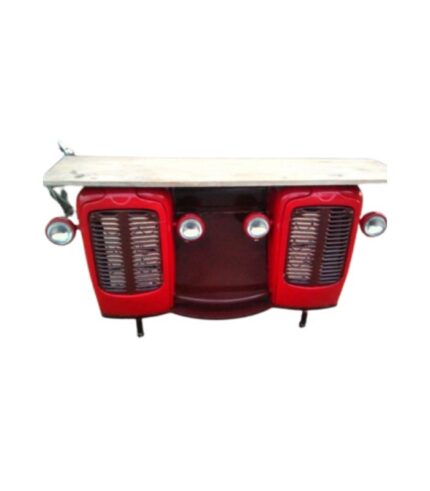

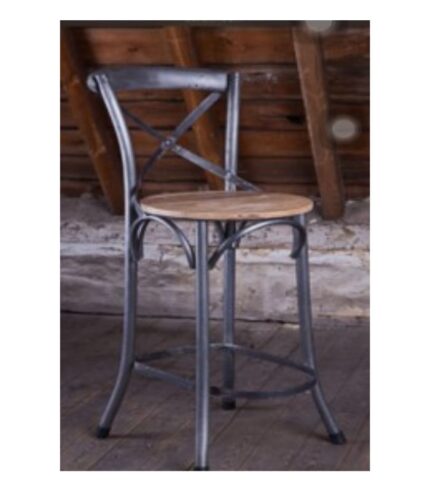
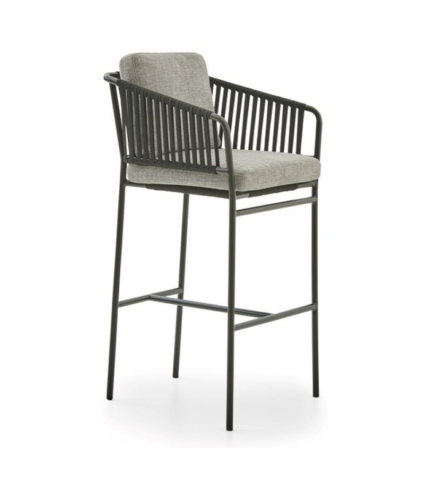

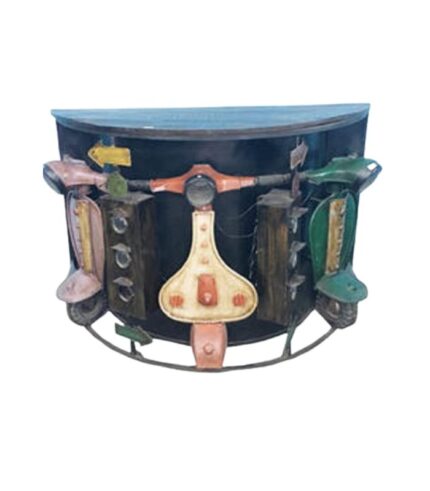
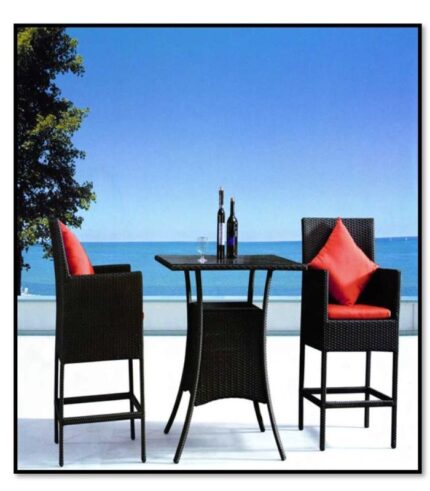










Reviews
There are no reviews yet.